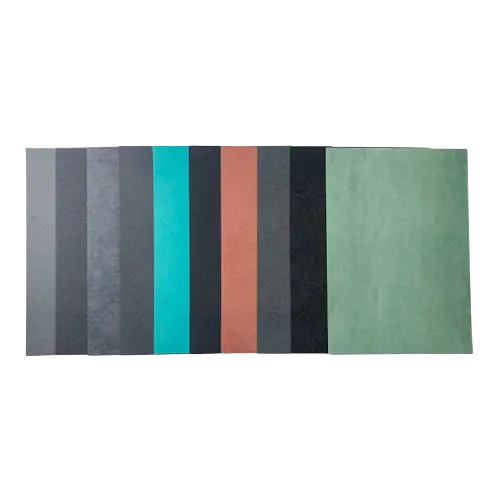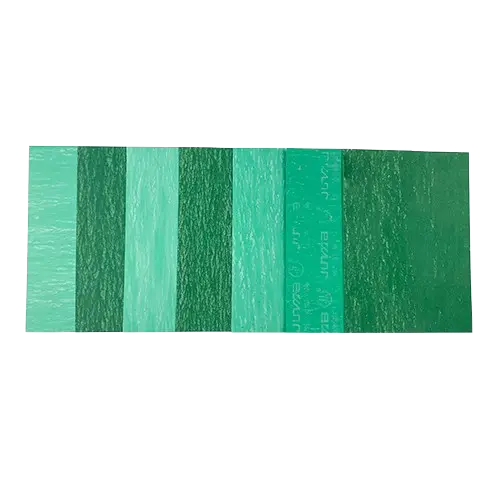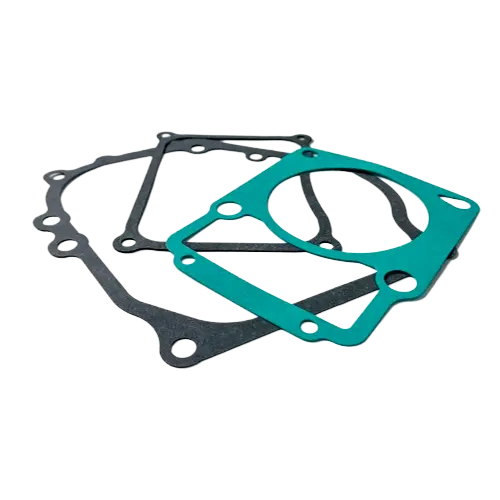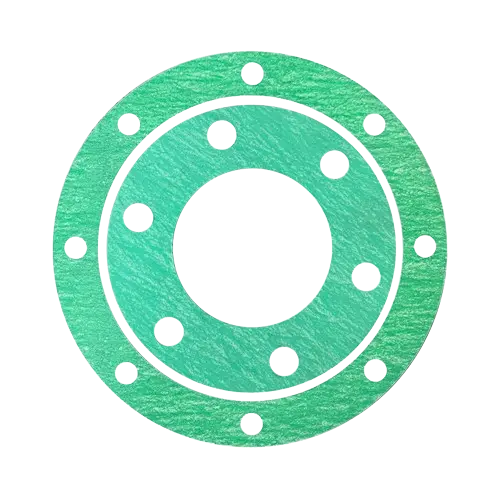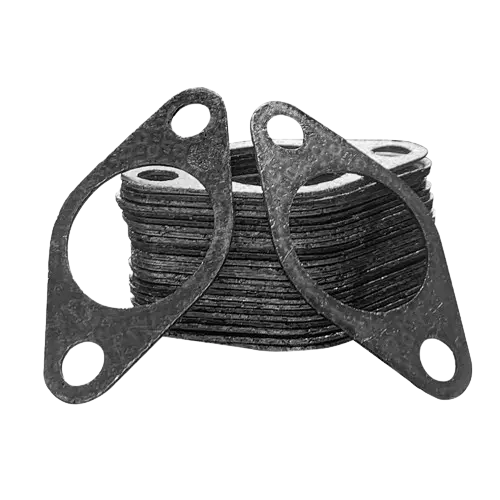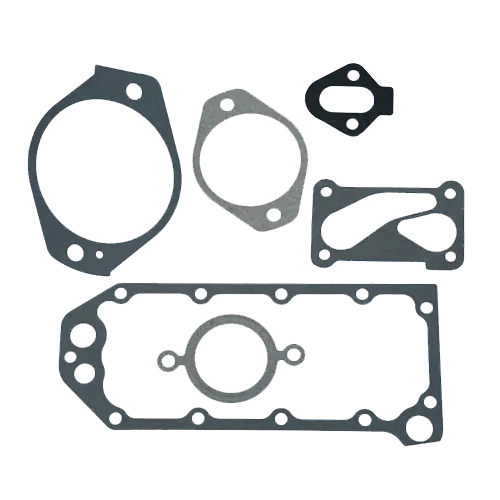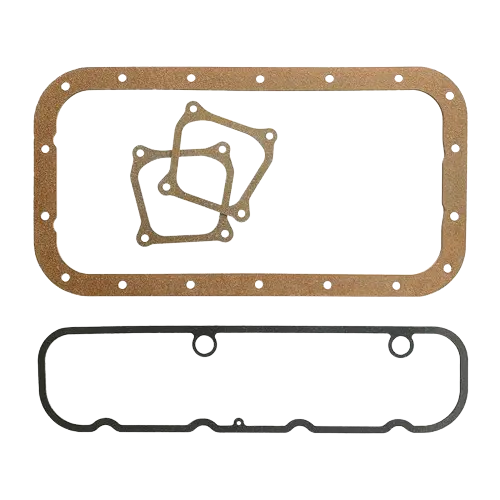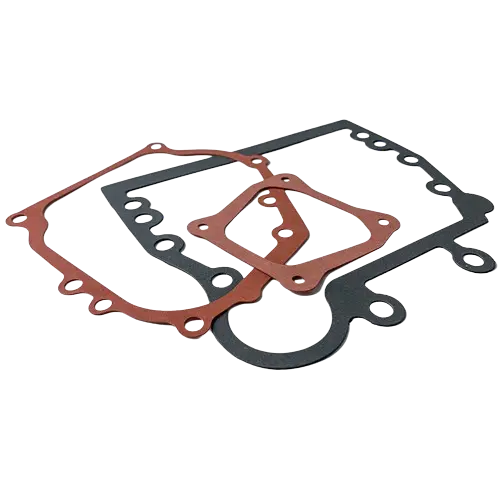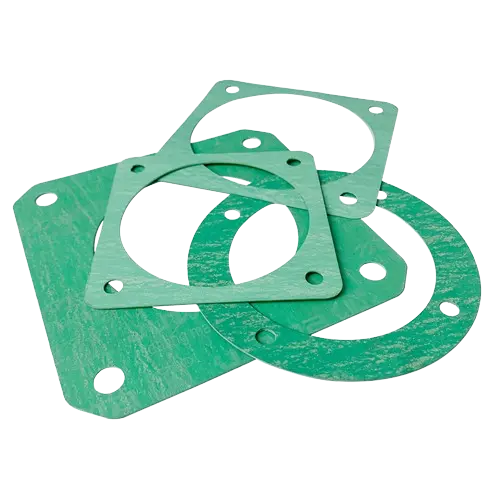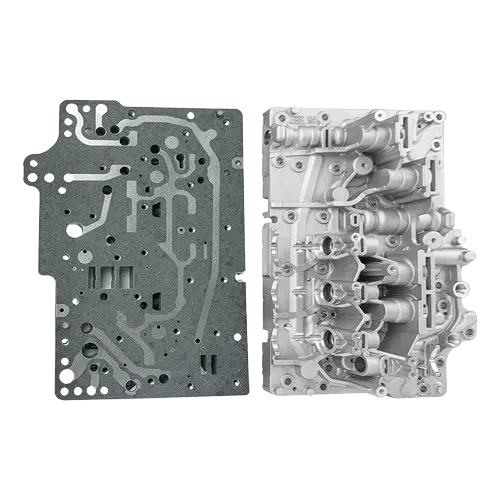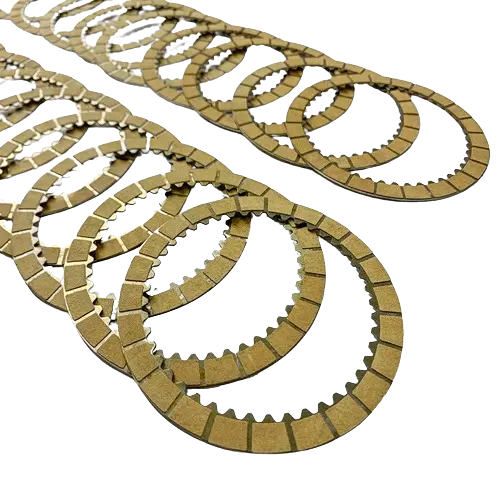Selecting the suitable fiber sealing material requires a comprehensive consideration of multiple key factors to ensure it meets performance, environmental, and cost requirements in practical applications. The main factors are as follows:
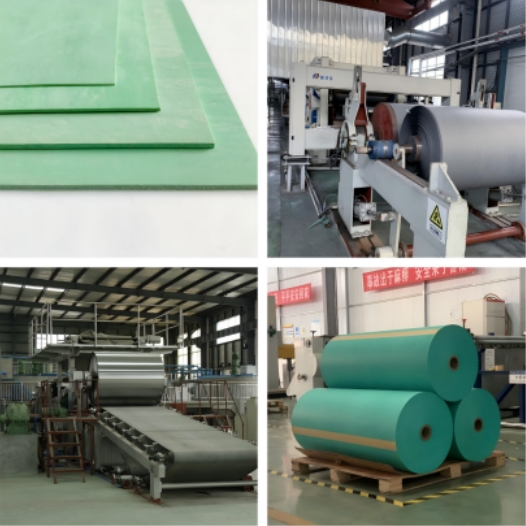
Operating Environmental Conditions
Temperature range: The material must withstand the maximum and minimum operating temperatures.
Exposure to media: Resistance to chemical corrosion from acids, alkali, oils, solvents, or oxidizers.
Pressure and load: Dynamic or static pressure, mechanical vibrations, etc.
Material Performance Requirements
Sealing performance: Porosity, compression resilience (e.g., expanded graphite fiber offers excellent sealing).
Wear resistance: For high-friction scenarios (e.g., aramid fiber has strong wear resistance, making it suitable for dynamic sealing).
Strength and flexibility: Tensile strength, tear resistance (e.g., glass fiber has high strength but is brittle, while polyester fiber is more flexible).
Thermal conductivity/insulation: Some applications require thermal conductivity (e.g., metal fibers) or insulation (e.g., ceramic fibers).
Material Types and Characteristics
Inorganic fibers (e.g., glass, ceramic fibers): High-temperature resistance but brittle.
Organic fibers (e.g., aramid, PTFE): Good chemical stability but limited temperature resistance.
Carbon fiber: High strength and corrosion resistance, but expensive.
Natural fibers (e.g., cellulose): Eco-friendly but less durable.

